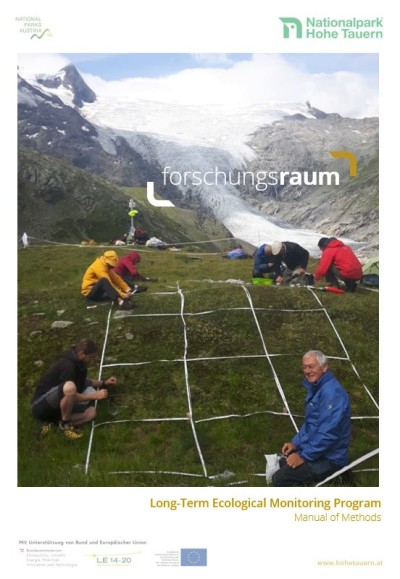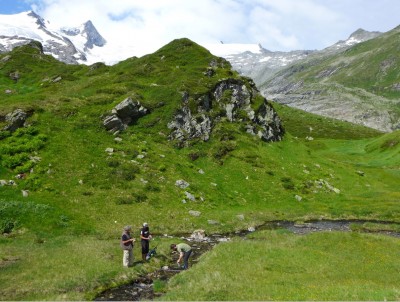Long-term monitoring
Ecosystem processes
"Leben an Existenzgrenzen im Hochgebirge" (Living at existential limits in the high mountains) brings together eight different fields of research, which pursue a single, common goal. Long-term monitoring should make changes to the Alpine ecosystem caused by environmental changes visible. The focus of this long-term monitoring project was deliberately placed on mountain ecosystems, because changes, especially in high mountains, can only be verified over long periods of time and be correctly interpreted in terms of their cause-and-effect relationships and consequences. These monitoring projects should be easy to conduct so that other generations of researchers can record information from them for many years to come. For this reason, basic requirements were established according to which the research teams work and which continuously shape the development of their methodology. In order for results to remain comparable even in the long term, each subject team worked on a protocol about the methods used so that sampling will be conducted in many years to come at the same place and using the same procedures. The unique nature of this pilot project is reflected in the fact samples are taken by people from different sectors in the unspoilt core zone of the national park at the same time and under the same conditions and document projects.





